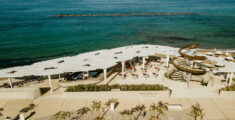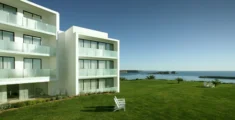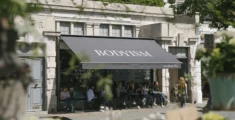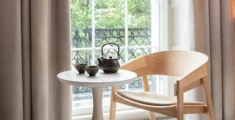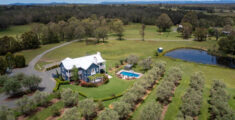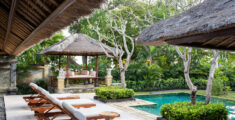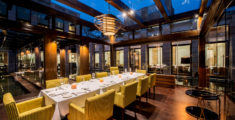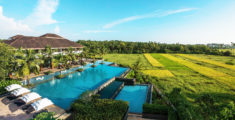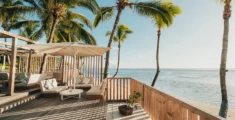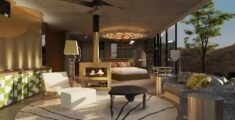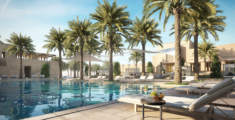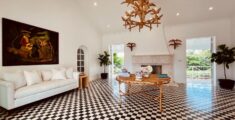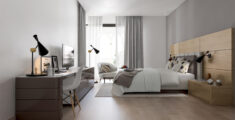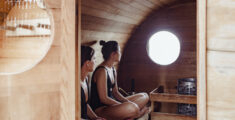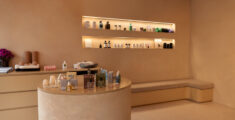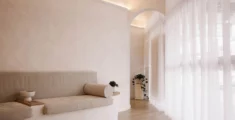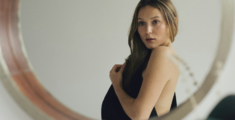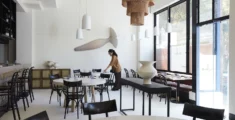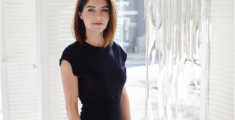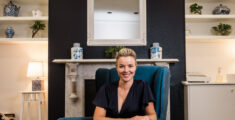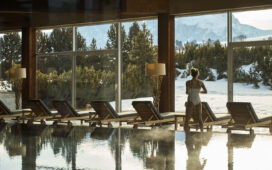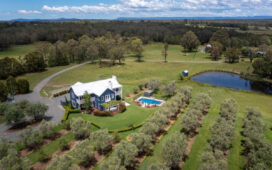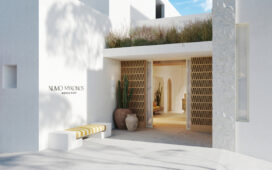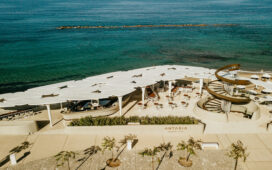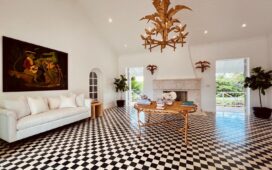We caught up with Florian Sander, Founder & Managing Director at iThink to talk about the key interior design trends for hotels and restaurants in 2019.
L.N Can you please tell us a bit about yourself and your background?
F.S Before setting up iThink Consulting Group, I was the Vice President and Head of Hospitality, Asia ex-Japan at Goldman Sachs (Asia) LLC. Prior to that, I was the Director of Food and Beverages for the esteemed Hong Kong Jockey Club, from 2004 until 2007. Early in my career, I developed both La Scala (2002) and Cy’an (2003), restaurants in Bangkok which have received worldwide acclaim and have continually been awarded to be amongst Thailand’s best restaurants and hot spots. I was responsible for the pre-opening planning of the Food and Beverage department of The Metropolitan Bangkok.
As the Founder and Managing Director of iThink Consulting Group, some of my recently completed conservation projects include the redesign of Ann Siang House in Singapore’s Chinatown, which was recently acquired by 8M Real Estate, Singapore’s largest owner of conservation shophouses. I interpreted 8M’s new extended stay accommodation format of Ann Siang House by unveiling adjustments to the in-room amenities, additional new common areas, a distinctive re-curation of the furniture and artwork, and a bold new vision for the exterior facade. Another project that showcases my penchant for transformational design is my latest work, KēSa House, on 55 Keong Saik Road, which brings a thoughtfully designed 60-room boutique property and a host of exciting F&B tenants to Keong Saik.
L.N What are the key interior design trends for hotels and restaurants in 2019?
F.S Personally, I believe that customers in Asia are more and more seeking to have an emotional connection with the hotel or restaurant they visit. As a result, over-styled designs may look good in a magazine but at the same time create barriers between the customer – who may not be as styled – and the product. We believe that the key trend is to go back to basics. Warm, inviting and homely designs that impress with subtlety and attention to detail while creating emotional touch points with their patrons.
L.N From your experience, are travellers changing/evolving and how is this reflected in design trends?
F.S Travellers are evolving in a way that the next generation is looking at travel more and more as a social event. Thus the meeting of people, the creation of memories and the formation of new experiences are at the forefront of this desire. Travellers are beginning to shun the impersonal approach that larger hotel chains are using in their flagship properties and are flocking instead to the younger and more unstructured brands a boutique accommodation concepts that offer multiple, high-energy F&B concepts, common/shared areas and are in or near hip areas of town (as opposed to the CBD).
L.N Apart from an iPhone charger next to the bed, what are the must-haves a hotel room should have in 2019?
F.S The best hotel rooms are still the ones that are practical; which have lots and lots of storage space, smart space management (e.g. don’t clog the room with bulky furniture) and use ubiquitous universal plug points. People by nature are staying at a hotel due to travel so nothing is more annoying than to check into a room and having to ask for multiple plug adapters.
L.N Over the last few years, there has been a lot of changes when it comes to customer service, has the new ways hotels interact with their guests had an impact on their interior design?
F.S The more personalized the customer service, the less formal the hotel lobby has become. A good example of that is the Upper House in Hong Kong where there is a very informal and fun check-in process. Also, housekeeping has had major improvements and influenced the way that corridors and carts have been designed. Modern hotels, such as the Bulgari Milan, send their well-groomed housekeepers with a smart looking basket to do up the rooms while the housekeepers get their bulky supplies from smartly integrated storage areas. Corridors thus become more functional and large, bulky housekeeping trolleys will one day be a sight of the past.
L.N How important is it to create the right ambience in a restaurant and bar and how can interior design help with this?
F.S The ambience is the most critical piece in the work we do at iThink. You may know the feeling of walking into a restaurant and feeling how sterile it is. Or sitting next to someone in a restaurant and not being able to hear anything because the acoustics are awful. A lot of these issues are derived from a single decision such as, in the example of the acoustics, using lots of stone and concrete and not using a dropped ceiling to absorb the noise because the client maybe prefers an industrial, open one. Our advantage as consultants and designers is that we know how such issues will affect the end result thus we can steer, fine-tune and/or say don’t do that to our clients. Having the ability to envision the end product at the beginning of the process is one of the most vital skills we bring to the table. When we design a place we always ask ourselves two questions: if I am the first person to arrive at a bar or restaurant, how would I feel and how do I feel leaving the bar or restaurant?. If both times the answer is cosy, comfortable and happy then we have done a good job.
L.N Personally, what are your favourite trends for 2019?
F.S Personally, I do believe that people are gravitating towards personalization, touch points and attention to detail and that they are more and more demanding when it comes to quality. We don’t see that with many new projects, especially inside F&B spaces within hotels. At iThink we always spend time on our project sites and look at what the contractors are doing while the project is being built. Furthermore, we assist our clients in each decision until long after space has been handed back to our clients. This way we can ensure that even after we hand over the design part of our projects, that the soft touches, art selection and operating equipment are in line with our design vision. I am not saying we are trendsetters this way, but I do believe that this distinct way of caring about individual projects will deliver better and more competitive outcomes in an increasingly crowded market.

